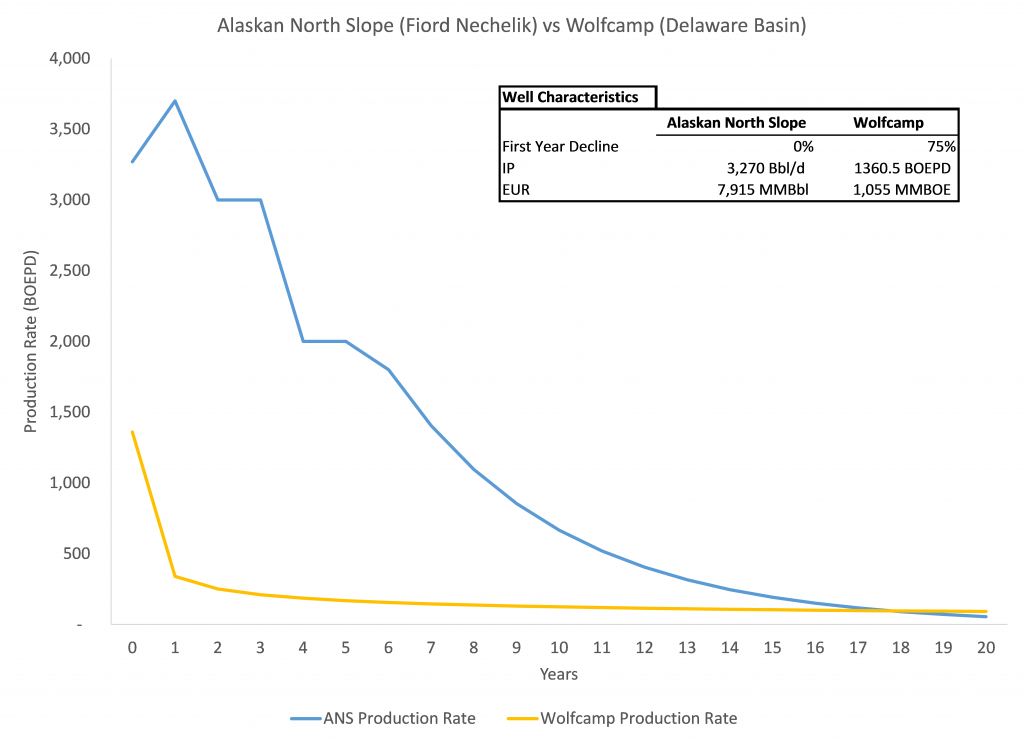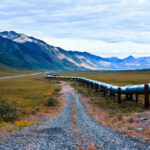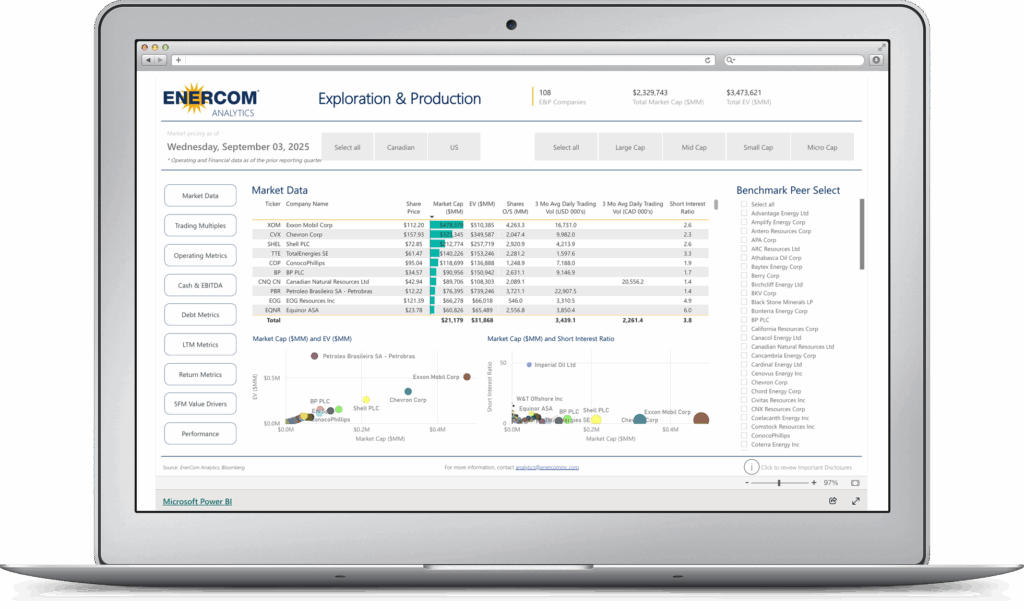“We’re not a shale player. If you look at the amount of global crude oil production from conventional resources, it dwarfs production from shale. We believe our 750,000-plus acreage position (located on Alaska’s North Slope between the Kuparuk River and Collville River units) alone has a DeGolyer & MacNaughton-estimated 5.69 billion barrels of contingent resources,” said Bill Armstrong founder of Armstrong Oil & Gas. Armstrong will present its Alaskan opportunity to investors at EnerCom’s The Oil & Gas Conference® on Monday, August 15.
Other companies with significant working interest operatorship or ownership on Alaska’s North Slope presenting at EnerCom include: Anadarko Petroleum (ticker: APC), ENI Petroleum USA LLC, a division of the Italian oil company ENI SpA (ticker: E), and Repsol E&P USA Inc., a division of the Spanish oil company Repsol SA (ticker: REPYY).
According to the EIA, Alaska is estimated to have 2.85 billion barrels (BBbl) of proved black oil reserves on December 31, 2014. As a state, it is tied with California (2.85 BBbl), and trails the Federal portion of the Louisiana and Alabama offshore Gulf of Mexico (4.24 BBbl) and Texas (12.27 BBbl). The state produces (2104 EIA estimate) about 182 million barrels (MMBbl) annually. Alaska production is only surpassed domestically by Texas (981 MMBbl), Federal portion of the Louisiana and Alabama offshore Gulf of Mexico (434 BBbl), North Dakota (394 MMBbl), and California (202 MMBbl).
According to the Alaska Oil & Gas Association, the petroleum industry supports one-third of all Alaska jobs, generating 110,000 jobs throughout the state. Alaska’s waters are believed to contain more than 30% of America’s known recoverable offshore resources. In 1988, Alaska’s produced 749 MMBbl, representing an all-time high for the state. Since then, production shrunk 75.7%.
One of the primary reasons for the change in production was Alaska’s attempt to tax itself to prosperity. In 2007, Alaska enacted ACES, or Alaska’s Clear and Equitable Share, a tax that was intended to generate billions in tax savings for Alaskan producers, and stimulate capital investment and increase production. Between 1988 and 2006, Alaskan crude oil production declined 67.6%. Approximately 90% of state revenues in Alaska come from the oil and gas industry. Alaskan oil wells, with natural decline, suffered further from the lack of capital investment. In a story from the Alaska Dispatch news, Alaskan State Senator Hollis French (D), a proponent of ACES back in 2007, said the tax program was designed to reward investment with a lower tax rate.” In the story, Gaffney, Cline & Associates was a key advisor for Alaska when ACES was adopted. Alaska Governor Sarah Palin signed ACES on December 19, 2007.
On May 21, 2013, Alaskan Governor Sean Parnell (R) signed Senate Bill 21, aka the “More Alaska Production Act (MAPA),” into law. MAPA changed how Alaskan oil companies were charged for its investment and production, moving from a tax rate that started at 25% and moved up based on the change in crude oil prices to a flat rate of 35%. The driving force behind MAPA was simply to set a tax price that would incentive oil companies to invest in Alaska to increase production. Increasing production would drive jobs and Alaska’s tax base.
Denver-based Armstrong Oil & Gas has been in Alaska for nearly 20 years. 100% of its Alaskan acreage is on the North Slope. A known big idea explorationist, with a penchant for being in world-class hydrocarbon systems abandoned by others, Armstrong believes Alaska is the “right” right place to be. In an exclusive interview with Oil & Gas 360® on October 14, 2015, he said the “North Slope project is representative of the new movement in Alaska where smaller independents work and operate in areas previously dominated by major oil companies. Armstrong has participated in 16 wildcat and appraisal wells on the North Slope in the last four years. Every single well was successful, and a third-party engineering firm places total proven reserves at 497 MMBO in the region.”
Using public data, EnerCom looked to compare well performance on the North Slope with the well-known Delaware Basin to give a perspective on size. While understandable that a single well could out- or underperform our example below, it’s the dramatic distinction that is the point of the comparison.
The median size field on the North Slope is 550 MMBbl. A single North Slope Alaskan well can produce anywhere between 2,100 to 10,000 barrels per day, depending on the feet of vertical pay and the number of frac stages (usually less than 10). The IP rate can start north of 3,200 barrels per day and have a gross EUR of 7 MMBbl or more. While the Wolfcamp is becoming a much sought-after zone in the Permian Basin, America’s biggest onshore oil province, its single well size is a fraction of the size of its Alaskan counterpart. Wolfcamp IP rate: ~1,361 to 2,000 BOE per day, ~80% crude oil. EUR: 1 MMBOE or so. First year decline rate: Wolfcamp 75% versus 0% for the Alaskan well.
With respect to Armstrong’s acreage in Alaska, Ed Kerr, vice president of land and business development for Armstrong Oil & Gas has been on the record saying: “We have really high expectations for the development phase. With record pay thicknesses and excellent reservoir parameters, we model these wells to produce at high rates for a long time and to have EURs that should exceed 10 million barrels per well.”
With wells of this size, it is exciting to think about conventional resources in a known oil producing system at a time in the when so many have become so focus on unconventional shale.
Armstrong has drilled less than 10% of its prospective acreage. The company and its partners are working on with the U.S. Army Corp of Engineers to finalize an EIS for three drill sites and four pads. The company and its partners are targeting a starting rate of 120,000 barrels a day of production







